In a significant advancement for Drone Technology, MIT researchers have developed MiFly, a groundbreaking system that enables drones to navigate autonomously in indoor, low-visibility environments using radio frequency (RF) waves. Announced by MIT News, this innovation tackles a longstanding challenge in the Drone Industry: reliable indoor navigation without reliance on GPS, computer vision, or LiDAR, which falter in dark or featureless spaces.
A Technical Leap Forward with MiFly
The MiFly system leverages millimeter wave signals, a staple in modern radar and 5G technology, to allow drones to self-localize with remarkable precision. Unlike traditional indoor navigation methods, MiFly requires only a single, low-power backscatter tag—akin to a sticker on a wall—making it both cost-effective and practical for widespread adoption. Two off-the-shelf radars, one with horizontal polarization and the other vertical, are mounted on the drone. These emit RF waves that reflect off the tag, enabling the drone to calculate its position relative to it.

To isolate the tag’s signal amidst environmental noise, the researchers implemented a dual-modulation technique. The tag adds a distinct frequency to the reflected signals, allowing the drone to filter out irrelevant reflections. By combining this data with the drone’s inertial measurement unit (IMU), which tracks acceleration and orientation, MiFly achieves a full six-degree-of-freedom pose estimation—covering pitch, yaw, roll, and spatial coordinates—within milliseconds. Testing across various indoor settings, including MIT’s labs and tunnels, demonstrated localization accuracy within 2.76 inches (7 centimeters) and reliable performance up to 19.7 feet (6 meters) from the tag.

Lead researcher Fadel Adib, associate professor at MIT’s Department of Electrical Engineering and Computer Science, emphasized the system’s ingenuity: “We’ve looked beyond GPS and computer vision to millimeter waves, opening up new capabilities for drones in indoor environments that were not possible before.”
Industry Context: Solving a Critical Pain Point
Indoor navigation has long been a bottleneck for drone applications beyond outdoor environments. GPS, the backbone of most drone navigation, is ineffective indoors, while alternatives like computer vision struggle in dim lighting or repetitive spaces, and lidar systems are costly and power-intensive. MiFly’s reliance on RF waves offers a robust alternative, aligning with the drone industry’s push toward versatile, autonomous systems.

This development builds on existing research in drone technology, such as beyond visual line of sight (BVLOS) operations and lidar applications, but stands out for its simplicity and efficiency. With a single tag and low power requirements, MiFly contrasts sharply with multi-tag systems or infrastructure-heavy solutions, positioning it as a potential game-changer for commercial drone operations.
Market Implications: Warehouses and Beyond
The practical implications of MiFly are vast, particularly for industries reliant on large-scale indoor spaces. Imagine a warehouse spanning 500,000 square feet—roughly the size of nine football fields—where drones could autonomously shuttle inventory between aisles with pinpoint accuracy. Current estimates peg the U.S. warehousing market at $50 billion annually, with drone adoption poised to streamline operations and reduce labor costs. MiFly’s affordability and minimal infrastructure needs could accelerate this trend, making it an attractive solution for companies like Amazon, which has explored drone delivery and warehouse automation through its drone division.

Beyond warehousing, MiFly could enhance applications in drone inspections within industrial facilities, search-and-rescue missions in low-visibility environments, or even first responder operations in smoke-filled buildings. The system’s ability to function without line-of-sight to the tag further broadens its utility, though researchers note that extending its range beyond 19.7 feet (6 meters) would require additional hardware refinements.
Regulatory Considerations
While MiFly’s technical prowess is undeniable, its deployment faces regulatory hurdles. In the U.S., the Federal Aviation Administration (FAA) oversees outdoor drone operations for both recreational and commercial use. Indoor drone use typically falls outside the FAA’s jurisdiction unless it somehow impacts navigable airspace.
Indoor autonomous systems may require updated guidelines, particularly regarding RF spectrum use. Millimeter waves, overlapping with 5G frequencies, could raise interference concerns, necessitating coordination with the Federal Communications Commission (FCC). Additionally, data security remains a priority, though MiFly’s passive tag design minimizes risks compared to active signal-emitting systems.
Globally, regulatory frameworks vary. Europe‘s EASA and China‘s CAAC, for instance, may impose different standards for indoor drone navigation, potentially affecting MiFly’s international rollout. Still, its alignment with drone technology trends suggests it could influence future standards.
A Foundation for the Future
MIT’s MiFly system marks a pivotal step in the evolution of autonomous drones, offering a low-cost, low-power solution to a persistent challenge. Its implications ripple across the drone industry, promising to unlock new commercial possibilities while pushing the boundaries of indoor navigation. As researchers refine the system—potentially integrating it into full autonomous flight paths—the technology could redefine how drones operate in controlled environments.

DroneXL’s Take
This breakthrough underscores a shift toward simpler, more efficient navigation solutions, a trend that could challenge established players like DJI and Autel Robotics, who dominate outdoor drone markets. If commercialized, MiFly might spark a new wave of indoor-specific drone designs, amplifying the role of artificial intelligence in the sector.
Photos courtesy of MIT
Discover more from DroneXL.co
Subscribe to get the latest posts sent to your email.

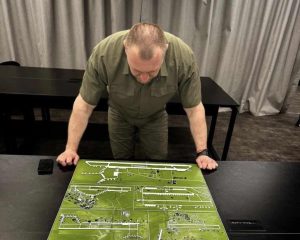
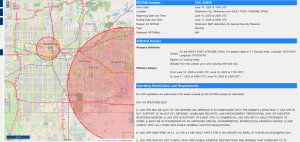



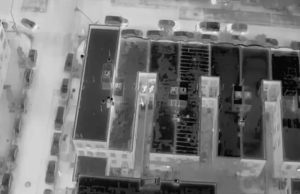


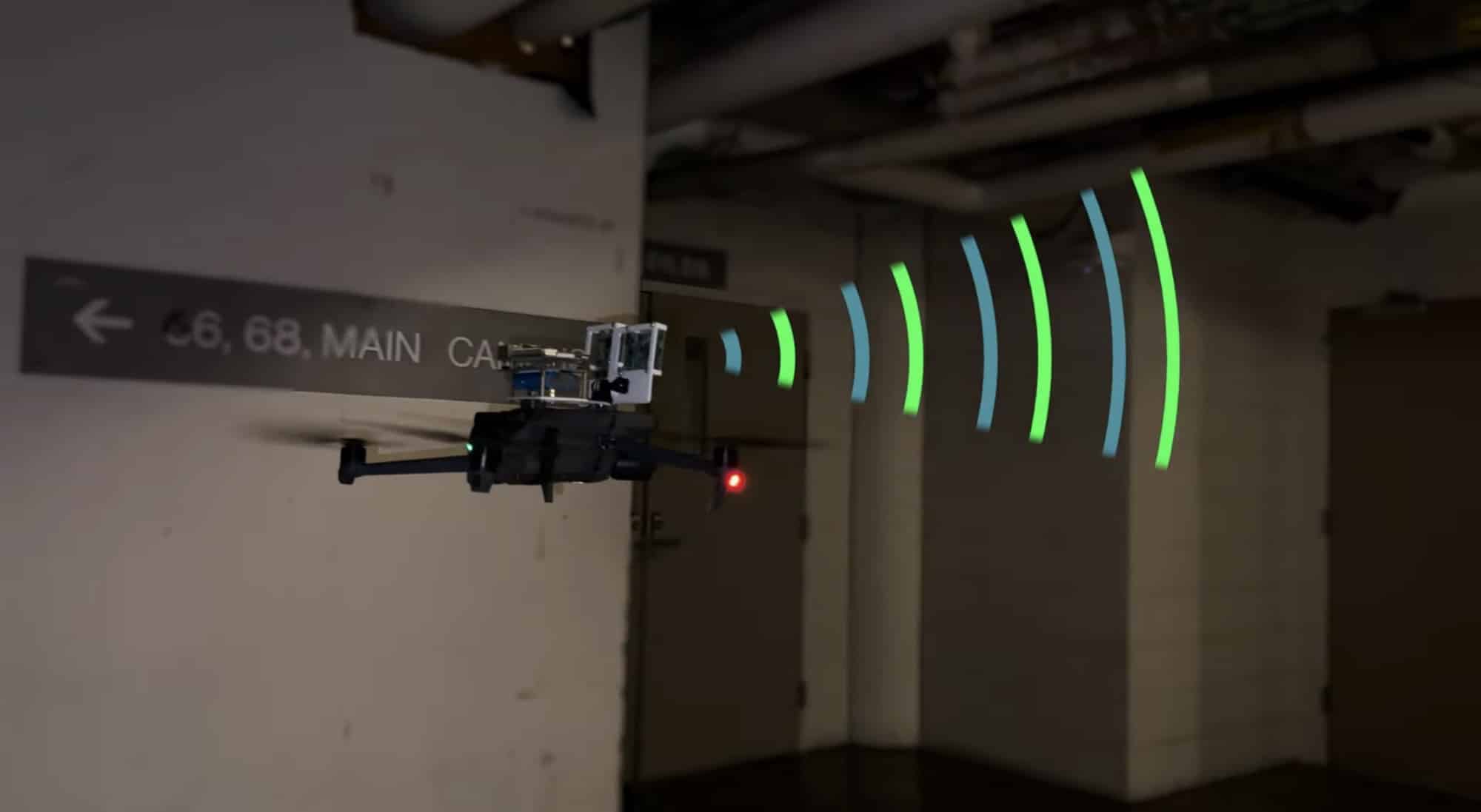

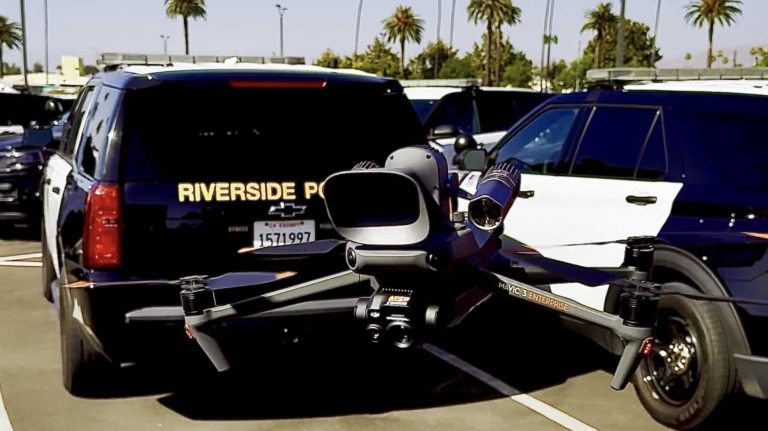
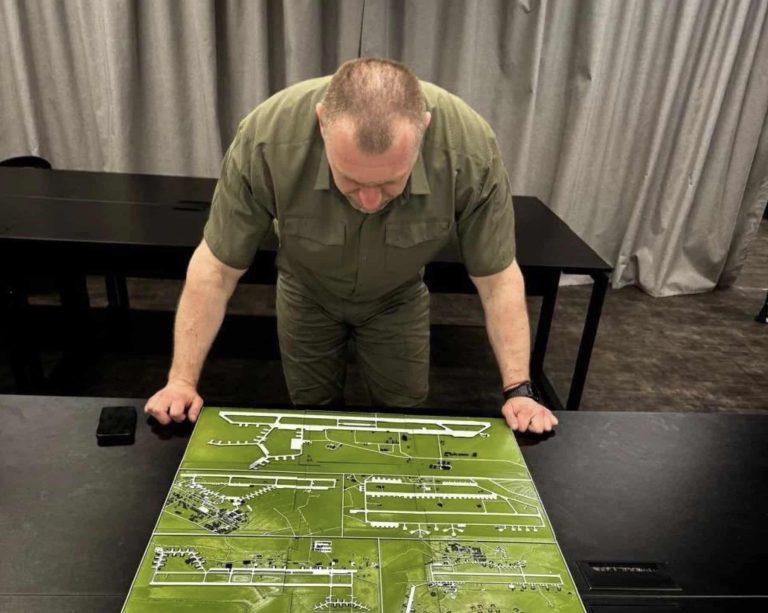
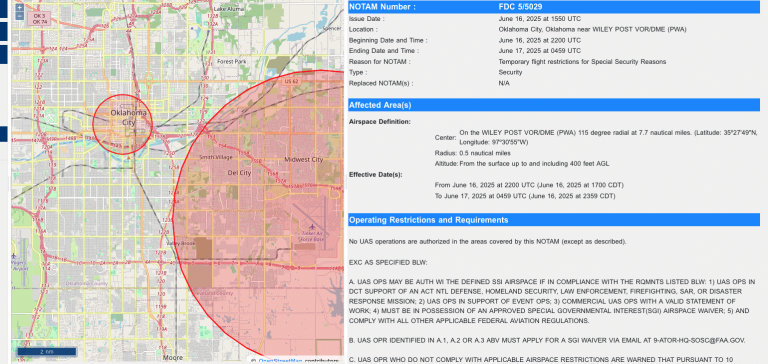


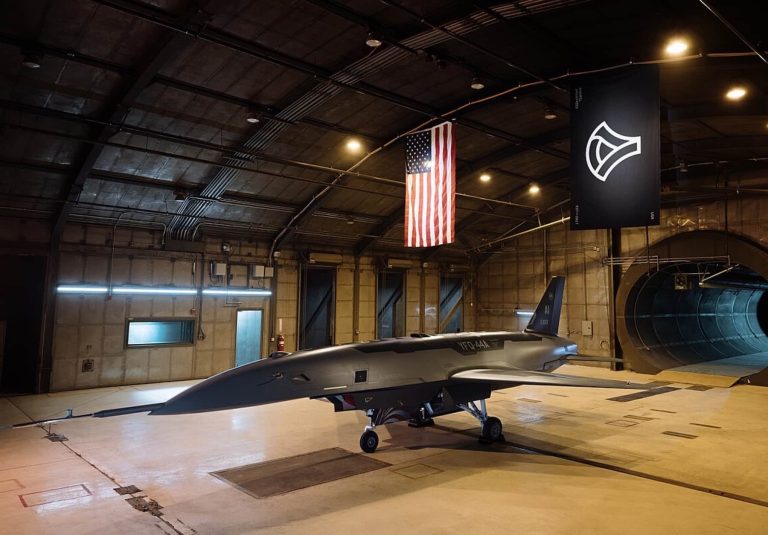


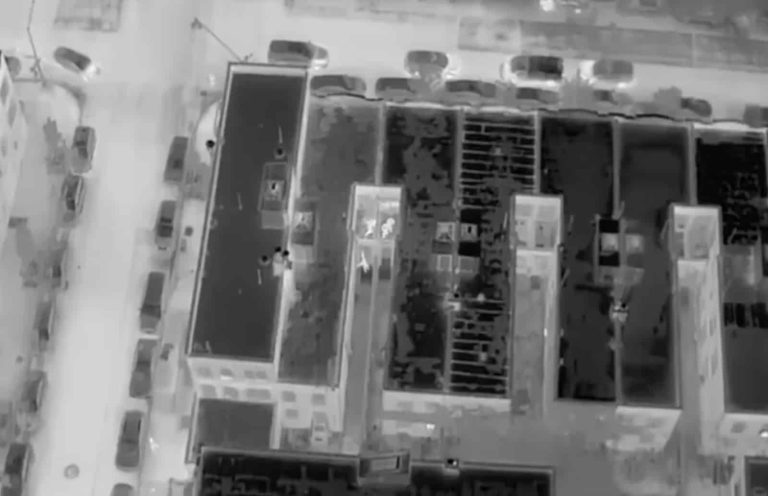

+ There are no comments
Add yours